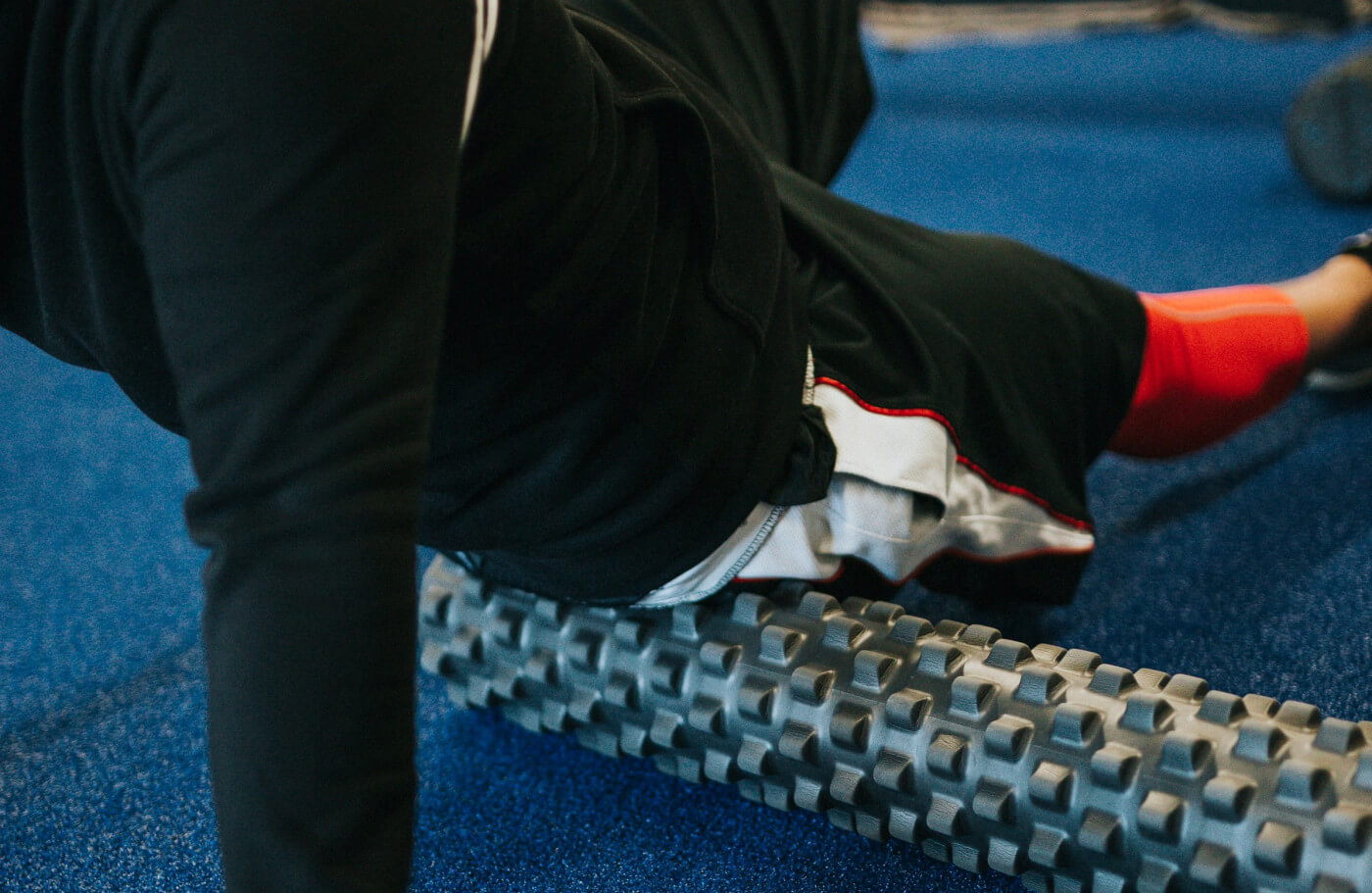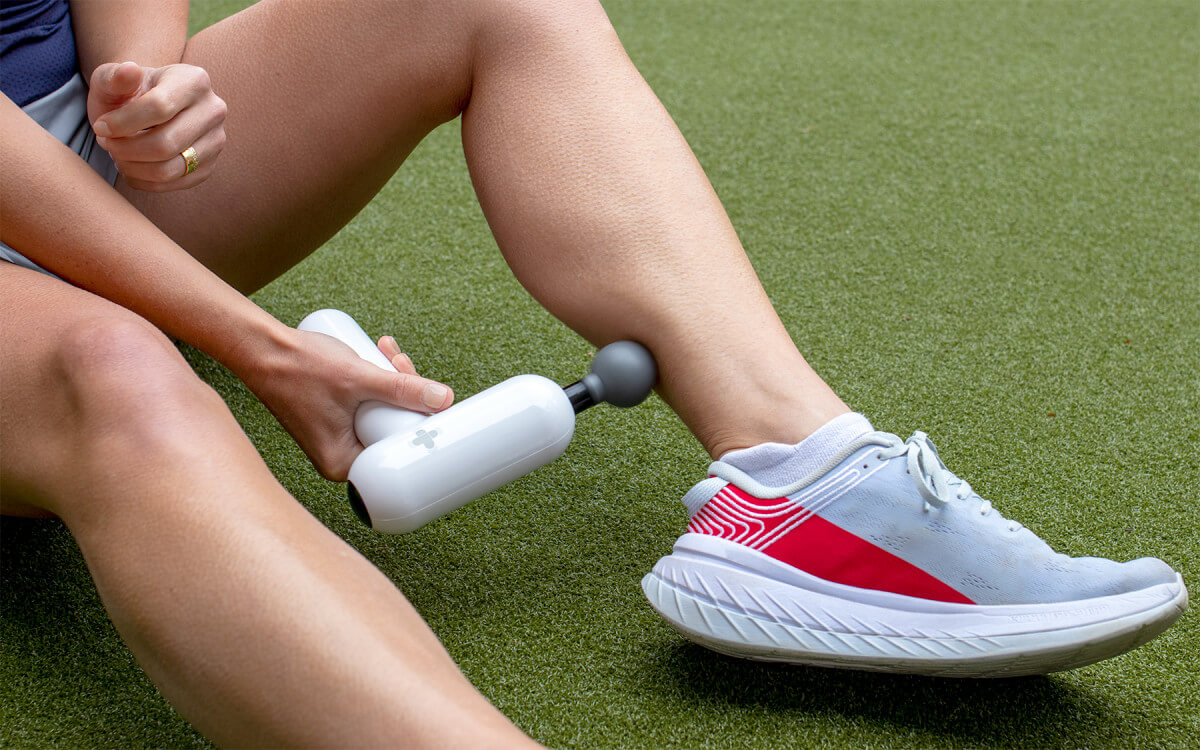If you’ve ever experienced a sharp, stabbing pain in one of your glutes and down your leg, you may have had piriformis syndrome (aka deep gluteal syndrome.) This condition is rare, and it can arise from a whole bunch of causes — such as trauma, training for a marathon, or even something as mundane as sitting down for too long.
If you’ve been dealing with this pain recently, you might be wondering about massage for piriformis syndrome. Can it help? And if so, which techniques can offer you the most relief while you heal?
Below, learn about massage for piriformis syndrome, including three techniques that you can try today.
What Is Piriformis Syndrome?
Piriformis syndrome is a relatively rare condition that happens when the muscle deep under your glutes — the piriformis muscle — spasms or puts pressure on the sciatic nerve.
This irritation can lead to pain that makes doing the most basic tasks feel unpleasant or downright painful. And if you’re an athlete, runner, or workout enthusiast, it can also get in the way of you doing what you love.
With piriformis syndrome, you could:
- Have trouble sitting on the side where you’re feeling pain
- Experience muscle spasms in your buttock area
- Have pain that resembles sciatica
Massage for Piriformis Syndrome Techniques
With most types of muscle tension, self-massage with your hands can offer some relief. But things can get a little trickier when it comes to the piriformis muscle and glutes.
Your glutes are some of the largest, strongest muscles in your body — and using your hands to massage them (and the muscles underneath them) can get exhausting. For this reason, you might find that home massage tools are a better option.
With that in mind, here are three simple techniques to try massage for piriformis syndrome at home:
1. Foam Rolling
Foam rollers are excellent tools for releasing tension in the muscles and soft tissue in your lower body.
Here’s one way to massage your gluteal region with a foam roller:
- Place your foam roller on the ground.
- Sit with your glutes on the foam roller and your legs out in front of you.
- Using your arms to support your body, slightly angle your weight to the side that’s causing you trouble.
- Take a deep breath in, and straighten your back. Try to maintain this posture throughout the movement.
- Lift your unaffected leg and rest it on your opposite knee to put more weight on your problem side. Pay attention to how your body responds as you do so.
- You can hold this pose if you find that sitting still is working out some of that muscle tension. But if you want to take things a step further, you can gently roll back and forth.
- Repeat for 30 to 60 seconds.
2. Massage Gun or Electric Massager
If you have an electric massage or massage gun on hand, working deeply into your glutes (and around your piriformis muscle) can be relatively effortless. Here are the simple steps for using a massager in this area:
(Side note: If using a massage gun, be sure to use a light, airy head attachment and move up from there — some of the heads can be pretty powerful!)
- To start, turn your device on to a light pressure setting.
- Run the device across your glute muscles to warm them up, being careful not to massage too deeply into areas that are significantly painful or tender.
- Turn up the pressure to your desired setting, and continue to massage the muscles in the region.
- Repeat for a few minutes to knead away tension and pain.
3. Tennis Ball
If you don’t have any massage tools at your disposal, don’t stress. A simple tennis ball can work to help you deeply massage your muscles at home.
This technique is similar to the foam rolling method, but just with a smaller, more targeted tool.
Here are the steps:
- Place your tennis ball or massage ball on the ground.
- Sit down, resting your affected glute on top of the ball. If you like, you can lift your opposite leg and rest it on your knee to increase the pressure.
- Move around and hold this position in different areas to work out points of tension. Alternatively, you can slowly roll back and forth to knead the muscles.
- Focus on areas of discomfort, but don’t roll so much that you feel pain.
- Repeat for a few minutes or until you feel some relief.
The Bottom Line on Massage for Piriformis Syndrome
Piriformis syndrome is a rare condition that’s somewhat difficult to diagnose. If you’ve been feeling discomfort in the gluteal region or are having sciatica-like pain, be sure to ask your doctor to figure out which treatment route is best for you.
With their go-ahead, you can try a soothing home massage using a foam roller, massage ball, or therapeutic massage tool. Your doctor might also recommend strengthening exercises, stretches, and working with a physical therapist to get you on track to a quick and healthy recovery.
Are you ready to regularly benefit from massage in the comfort of your home? Learn about the Accuvibe Micro for targeted, on-the-go relief, or check out the MedMassager MMB05 body massager today.





